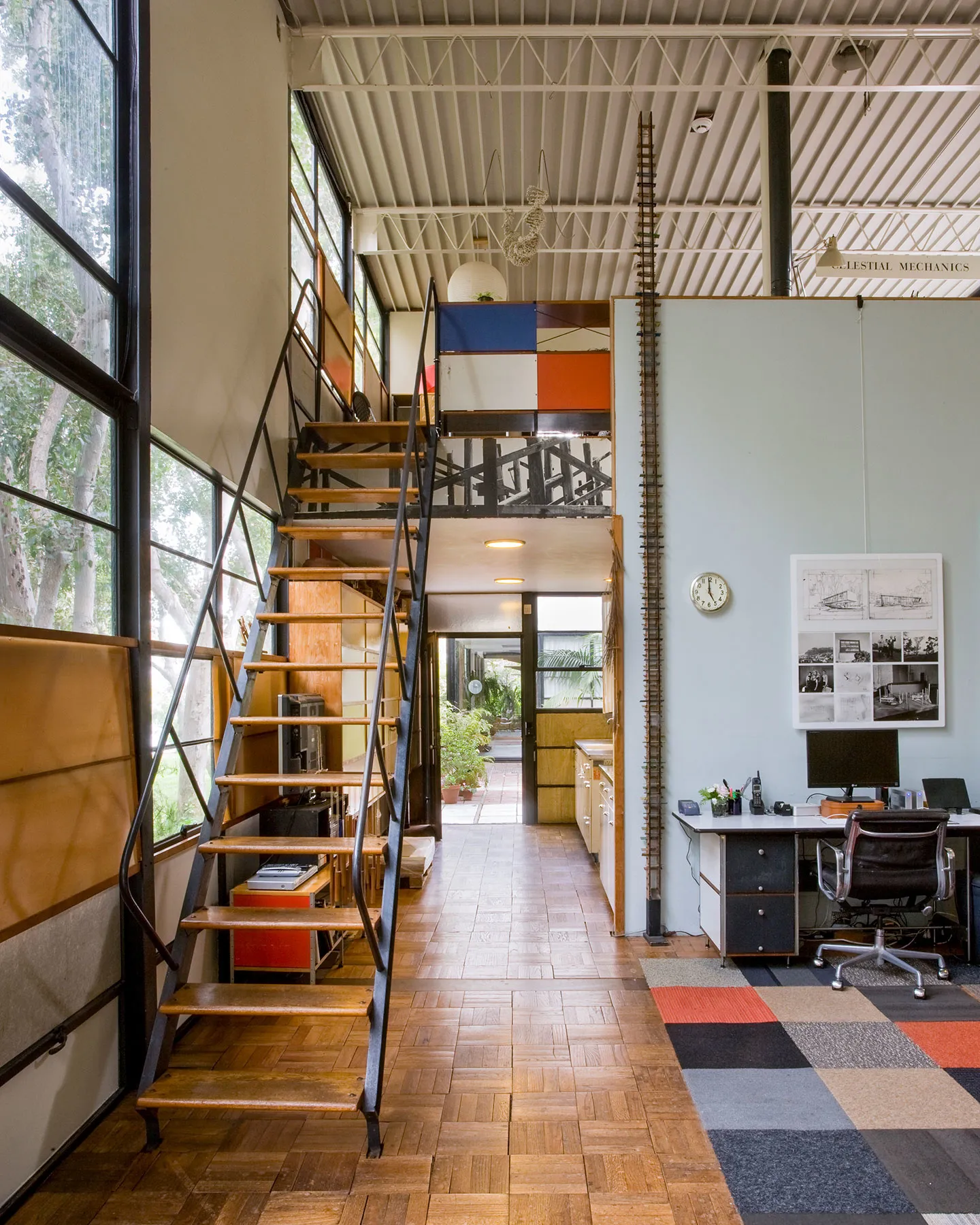Ordering Case #8
- galeannavega
- Apr 25, 2024
- 3 min read
The Eames House, Case Study #8, located in California is an exemplary work where each design element houses a characteristic and meaning. The theory of order in this case is implicit, since it was not initially determined that the Eames House was going to be a series of parts, but rather it was intended as a complete, unified entity. Part of the analysis of this house, previously published in another entry, is complemented by Christopher Alexander's book: A Pattern Language. As Christopher explains well, architecture and urban planning is analyzed in parts, where each theme turns out to be independent but closely related to the final unitary composition. It is about a language present in practice, analyzed as patterns that work and are clear in certain contexts. Several of the chapters presented are present in the work of the Eames couple, so it can be interpreted that at the time there was already a notion that architecture is varied and accommodates countless elements and meanings depending on the work to be studied. be realized. In this case, which involves a home combined with work, they evaluate specialties that fit the couple's daily life.
As Ian Balfour puts it in his essay The Whole is the Untrue: On the Necessity of the Fragment: the suggestion is that the whole picture, the truth in its entirety, might be completely unattainable or even not exist in its entirety. Instead, the truth might reside in fragments, in pieces of understanding that, when put together, form a more complete and complex perception. In the work of the Eames couple it can be identified, mainly, that the issue of structure was an aspect analyzed by industry specifications, so their entire design is based on, once assembled, determining that the corresponding spaces function in constructive and aesthetic terms. The Eameses, with the present structure, determine how they manipulate natural lighting in each space. It is designed in parts, perhaps in a whimsical way, since being for them, they want unique and eternal comfort. The appearance of the furniture is also a key to the fact that each space was thought of separately, we see it in the work area as it contrasts with the rest space.
Balfour puts into perspective that each piece is unique, so the whole implies a composite and varied story. In short, applying the concept present in "The whole is the untrue: on the necessity of the fragment" to the Eames House involves considering how this iconic residence reflects the idea that truth or complete understanding is not found in the totality of an architectural structure, but rather in the fragments that compose it. The Eames House offers multiple perspectives and experiences to those who experience it so the diversity of spaces, views and details invites visitors to form their own fragmentary understanding of the house. It is evident that the Eames House is characterized by an open and flexible architecture that allows fluid interaction between interior and exterior spaces. This fragmentation in design challenges the notion of a cohesive whole and suggests that beauty and functionality can be found in the diversity of architectural fragments. In this case study, Charles and Ray Eames take an experimental approach and are able to combine different elements in their designs. This approach reflects the idea that innovation and creativity often arise from the exploration of fragments and the unexpected combination of ideas.














Comments